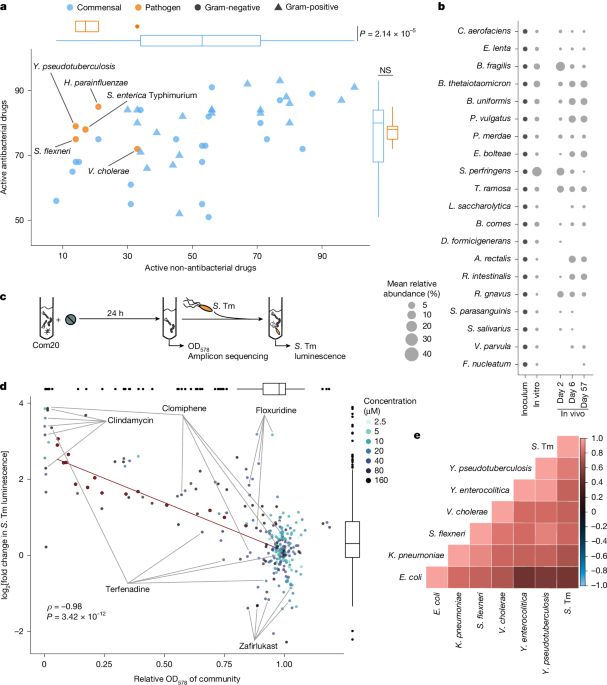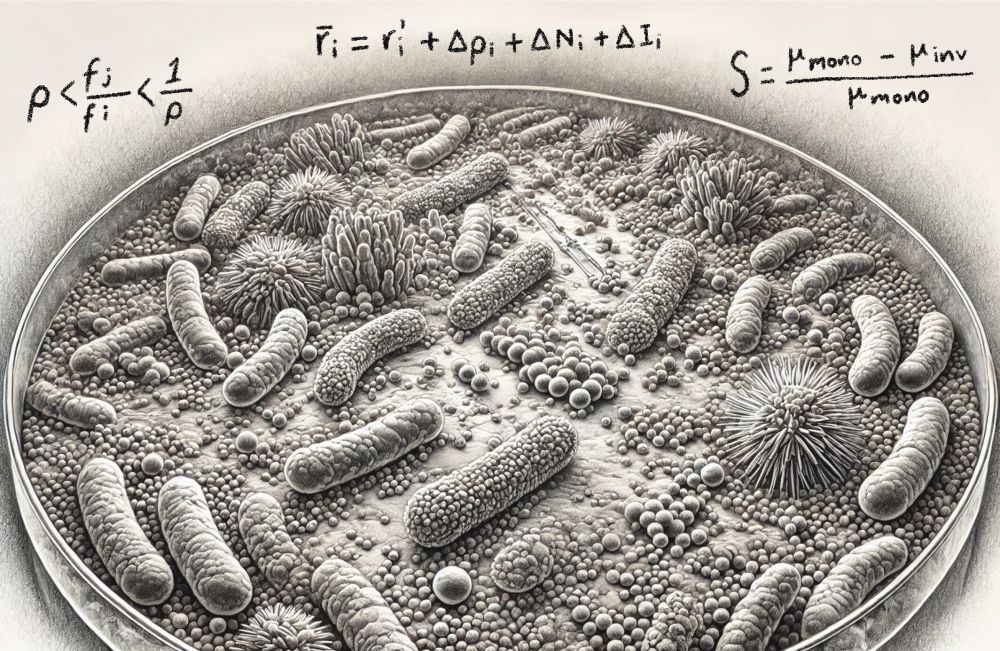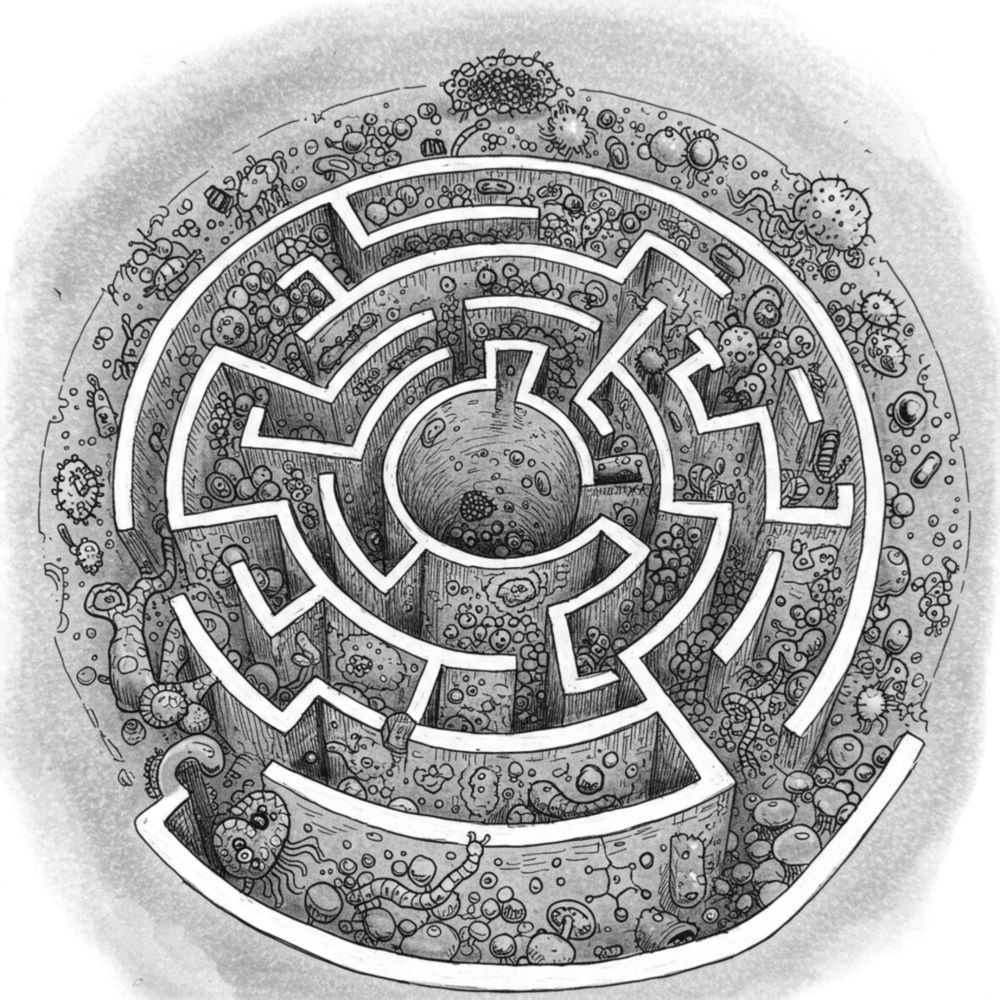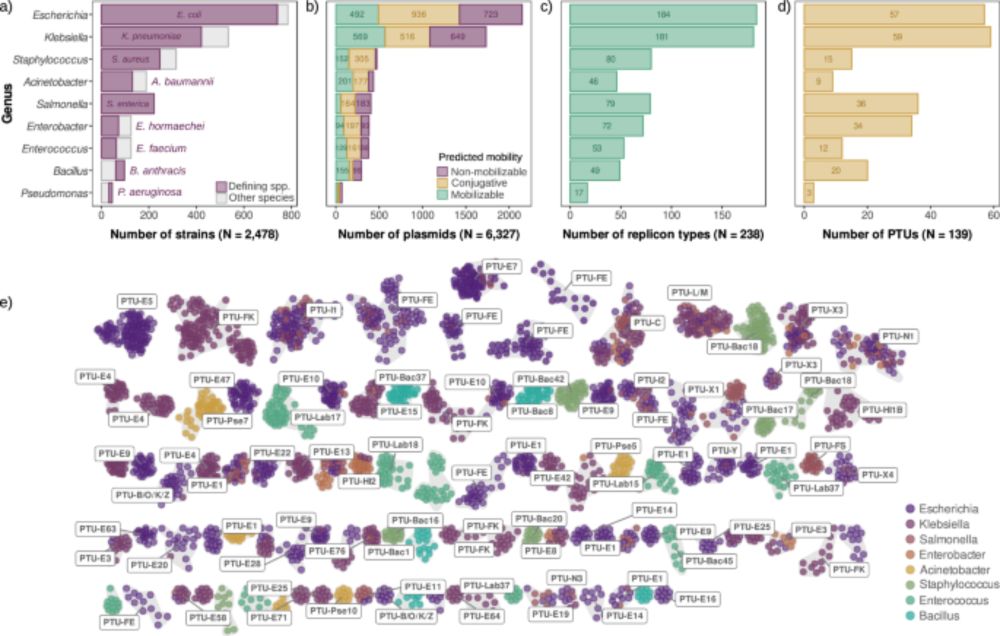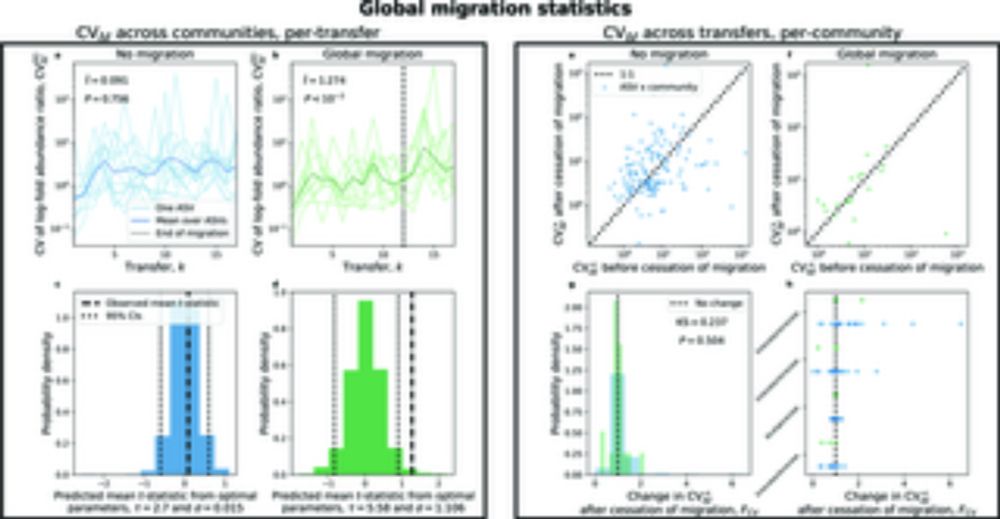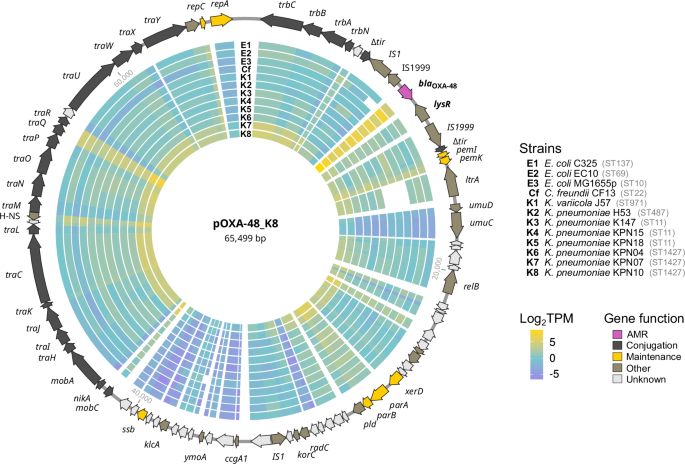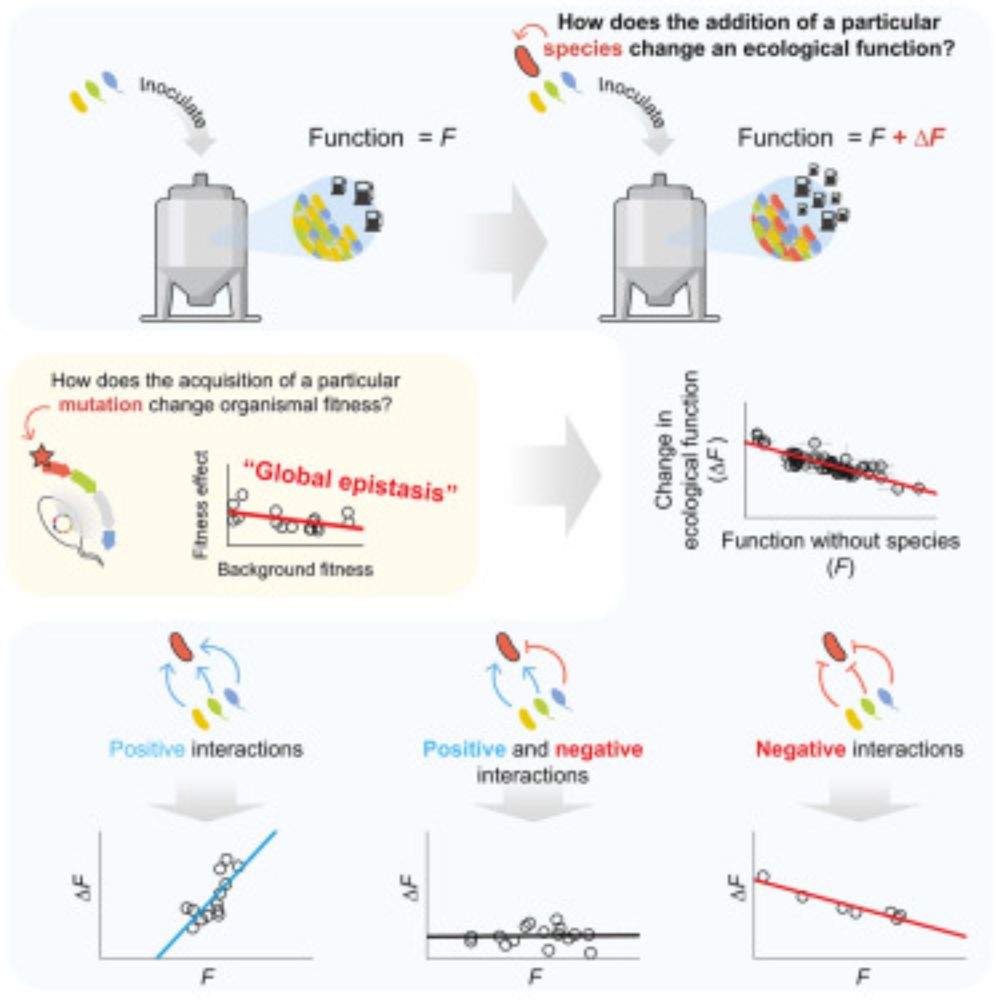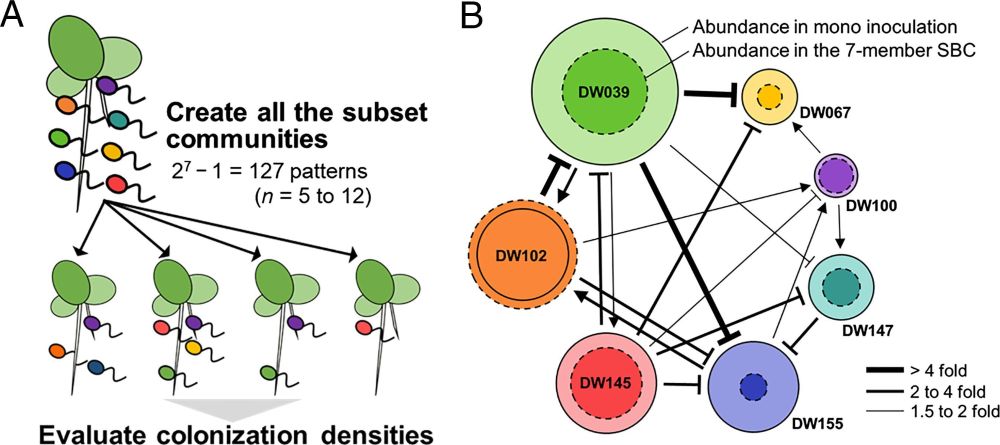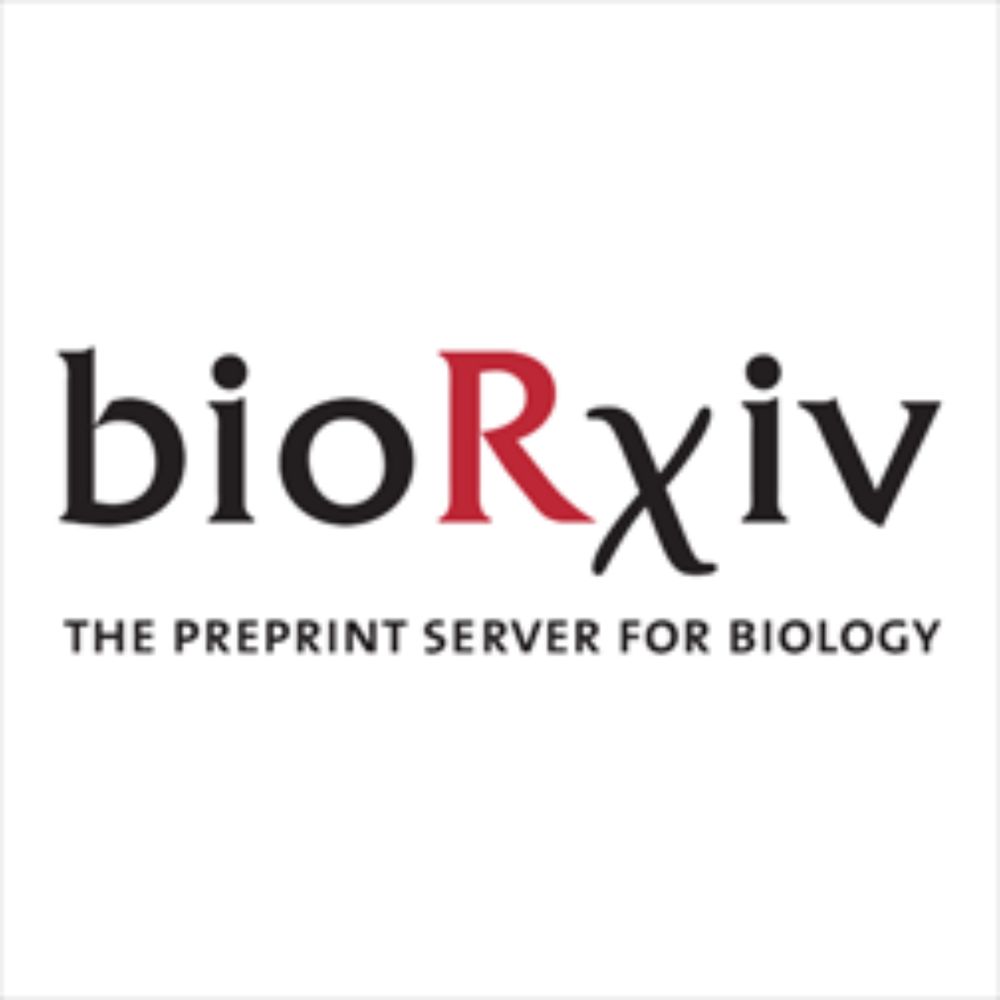
Plasmids promote bacterial evolution through a copy number-driven increase in mutation rate
Plasmids are autonomously replicating DNA molecules that stably coexist with chromosomes in bacterial cells. These genetic elements drive horizontal gene transfer and play a fundamental role in bacter...
New paper alert! 🚨
Plasmids promote bacterial evolution through a copy number-driven increase in mutation rate.
We combine theory, simulations, experimental evolution, and bioinformatics to demonstrate that mutation rates scale with plasmid copy number.
Let's dive in! 🧵👇
22.07.2025 09:38 — 👍 67 🔁 32 💬 2 📌 3
Do plasmids evolve faster 🐇, slower 🐢, or just like chromosomes 🧬?
In our new paper, we tackled this question using theory, simulations, bioinformatics, and experiments!
👇 Check out all the details in Paula’s thread!
Hint: 🐇 (most of the time)
22.07.2025 15:05 — 👍 64 🔁 35 💬 2 📌 2
Check out my first PhD paper on between-species genetic interactions (intergenomic epistasis) with @cbank.bsky.social 🌿↔️🦠✨ We define intergenomic epistasis mathematically and highlight its potential in understanding co-evolution :)
03.04.2025 15:03 — 👍 11 🔁 5 💬 1 📌 0

New paper in @nature.com! With @kiseokmicro.bsky.social , Siqi Liu, Kyle Crocker, Jojo Wang, Mikhail Tikhonov & Madhav Mani — a massive dataset and simple model reveal a few conserved regimes that capture how soil microbiome metabolism responds to perturbations. www.nature.com/articles/s41...
17.07.2025 06:36 — 👍 56 🔁 28 💬 1 📌 3
This paper by Belda et al makes the case for wine fermentation as a model system in microbial ecology and evolution, one which hits a sweet spot between experimental tractability and rich ecological and evolutionary dynamics.
enviromicro-journals.onlinelibrary.wiley.com/doi/full/10....
16.07.2025 14:58 — 👍 4 🔁 1 💬 1 📌 0
This paper by Shraddha Karve discusses how evolutionary novelties emerge in microorganisms, focusing on the different types of novel traits and the role played by the environment.
enviromicro-journals.onlinelibrary.wiley.com/doi/10.1111/...
16.07.2025 14:58 — 👍 2 🔁 1 💬 1 📌 0
This paper by Belda et al makes the case for wine fermentation as a model system in microbial ecology and evolution, one which hits a sweet spot between experimental tractability and rich ecological and evolutionary dynamics.
enviromicro-journals.onlinelibrary.wiley.com/doi/full/10....
16.07.2025 14:58 — 👍 4 🔁 1 💬 1 📌 0
This paper by Shraddha Karve discusses how evolutionary novelties emerge in microorganisms, focusing on the different types of novel traits and the role played by the environment.
enviromicro-journals.onlinelibrary.wiley.com/doi/10.1111/...
16.07.2025 14:58 — 👍 2 🔁 1 💬 1 📌 0
How may theoretical ecology & evolutionary theory push microbiology forward?
At Environmental Microbiology, I am commissioning a series of Perspectives exploring that question. Excited to share them in the 🧵 below
The series is open, so do get in touch if you'd like to propose a new contribution!
16.07.2025 14:58 — 👍 94 🔁 53 💬 2 📌 0

Felipe VI, king of Spain, greeting my grandma

Felipe VI and Jero

A selfie of some of the Prize Recipients
It was an honor and a joy to receive the National Research Prize for Young (!) Researchers. The highlight? My grandma greeting the King of Spain.
What a day!
www.youtube.com/watch?v=oSQP...
03.07.2025 19:51 — 👍 34 🔁 5 💬 5 📌 1
Happy to have this out! Thanks to @asanchezlab.bsky.social and @jacrickets.bsky.social for their mentorship on this project. Below is the thread I previously posted on then-Twitter
27.05.2025 19:50 — 👍 12 🔁 5 💬 1 📌 0
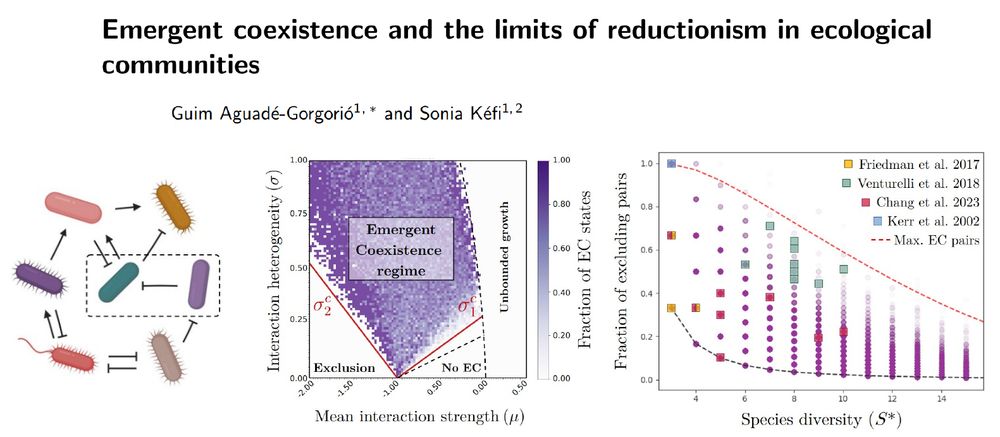
Microbial communities can harbor many species that do not coexist in pairs, yet can coexist in the full community. Here we provide the mathematical foundations of emergent coexistence, and explain why it can't be predicted from pairwise tests www.biorxiv.org/content/10.1...
20.05.2025 13:16 — 👍 88 🔁 31 💬 2 📌 1
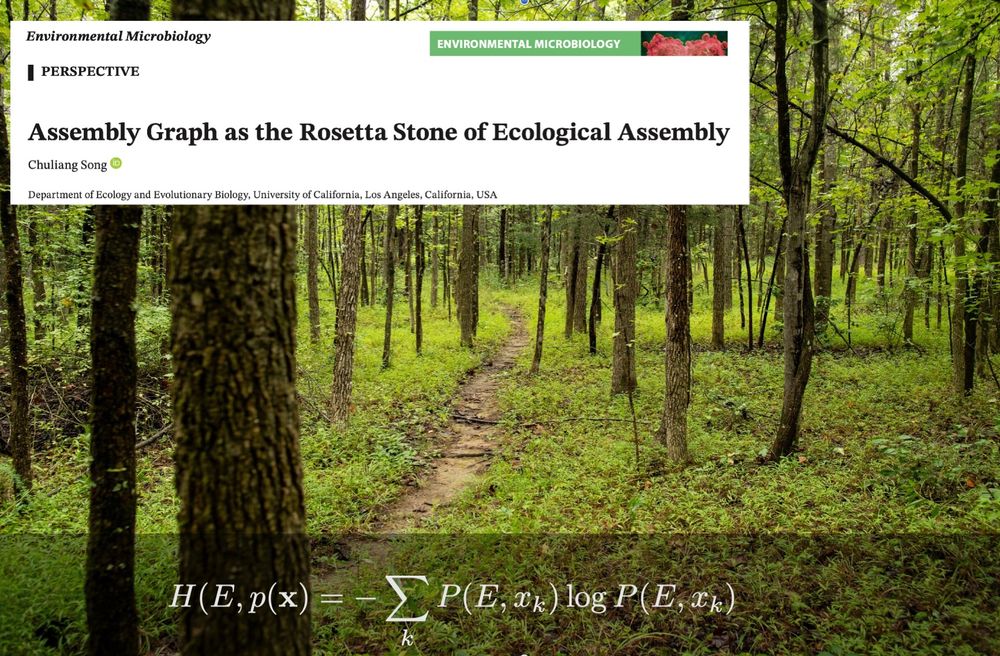
How can we understand ecosystem dynamics using information theory? Using Shannon's entropy, this paper by Chuliang Song gives a clever introduction to IT within the context of assembly graphs. @longcy.bsky.social @guimaguade.bsky.social @blaividiella.bsky.social
www.clsong.com/assets/pdf/s...
10.05.2025 14:00 — 👍 41 🔁 9 💬 1 📌 1
Very neat application of the community-function landscape! Congrats @seppekuehnlab.bsky.social and rest of coauthors!
01.04.2025 07:49 — 👍 6 🔁 1 💬 0 📌 0
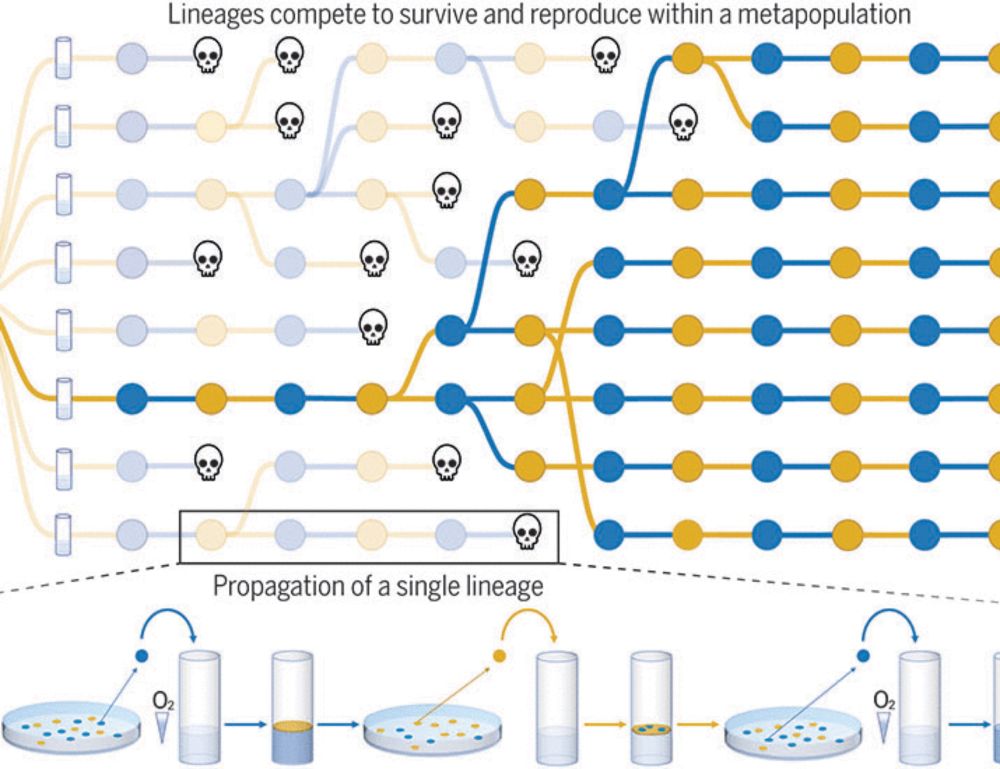
Experimental evolution of evolvability
Evolvability—the capacity to generate adaptive variation—is a trait that can itself evolve through natural selection. However, the idea that mutation can become biased toward adaptive outcomes remains...
Lovely paper. The bug we work on, Neisseria gonorrhoeae, has *hundreds* of genes that can phase-vary (stochastically switch on and off), to allow immune evasion and adaptation to different niches within and between hosts. 1/
21.02.2025 07:28 — 👍 59 🔁 16 💬 4 📌 1
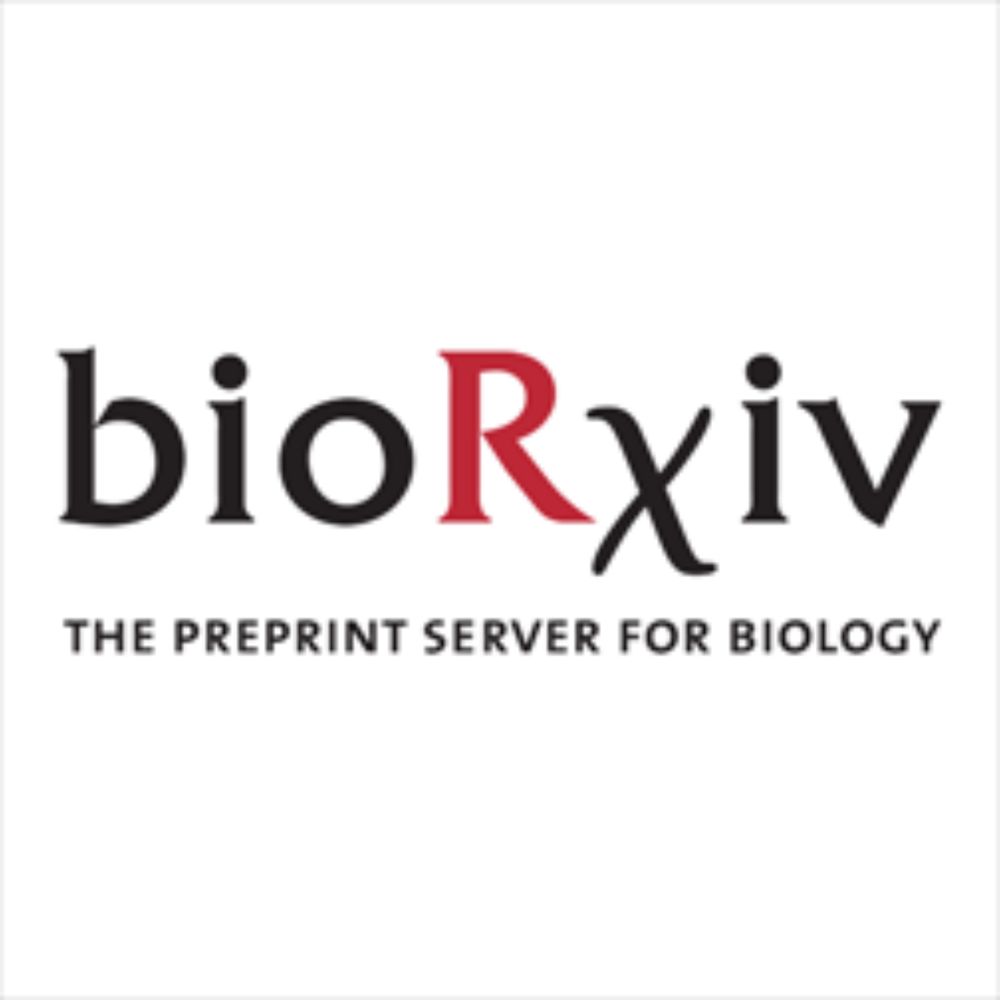
Plant domestication does not reduce diversity in root microbiomes
Domestication has profoundly shaped human civilization and the genetic makeup of numerous plant and animal species. While the effects of plant domestication at the genetic and phenotypic levels are well-documented, its impact on plant microbiome remains less understood. Root microbiomes play crucial roles in nutrient acquisition, pathogen defense, and biotic stress tolerance, yet the influence of domestication on their diversity and assembly is still debated. Two primary hypotheses have been proposed: 1) the reduction in microbial diversity resulting from the domestication process, and 2) the diminished ability of host plants to control their microbiomes. To evaluate these hypotheses, we conducted a meta-analysis of multiple crops, comparing the root microbiomes of domesticated plants and their wild relatives. Our results indicate that the effects of domestication are species-specific and context-dependent, with most domesticated plants exhibiting increased microbial diversity and more structured communities, while others show no significant change. Overall, this study provides evidence that plant domestication does not lead to a uniform reduction in microbial diversity or a consistently diminished ability of plants to influence their microbiomes. Based on these findings, we discuss new perspectives and the need for future studies incorporating native soils and host genetic variation in such experiments, analyzing not only diversity but also microbiome function, and considering how root morphology might affect microbiome recruitment. Finally, we highlight the need for research on the potential adaptive or maladaptive consequences that introgression between wild and domesticated plants could have from a microbiome perspective. ### Competing Interest Statement The authors have declared no competing interest.
In the literature of domestication and microbiomes there seems to be the expectation that: domestication should lead to the loss of microbiome diversity and host-control. Alejandra Hernandez-Teran and I were both skeptical of both, so we decided to see what we know so far (1/6)
shorturl.at/FHY9H
18.01.2025 01:44 — 👍 39 🔁 18 💬 1 📌 2
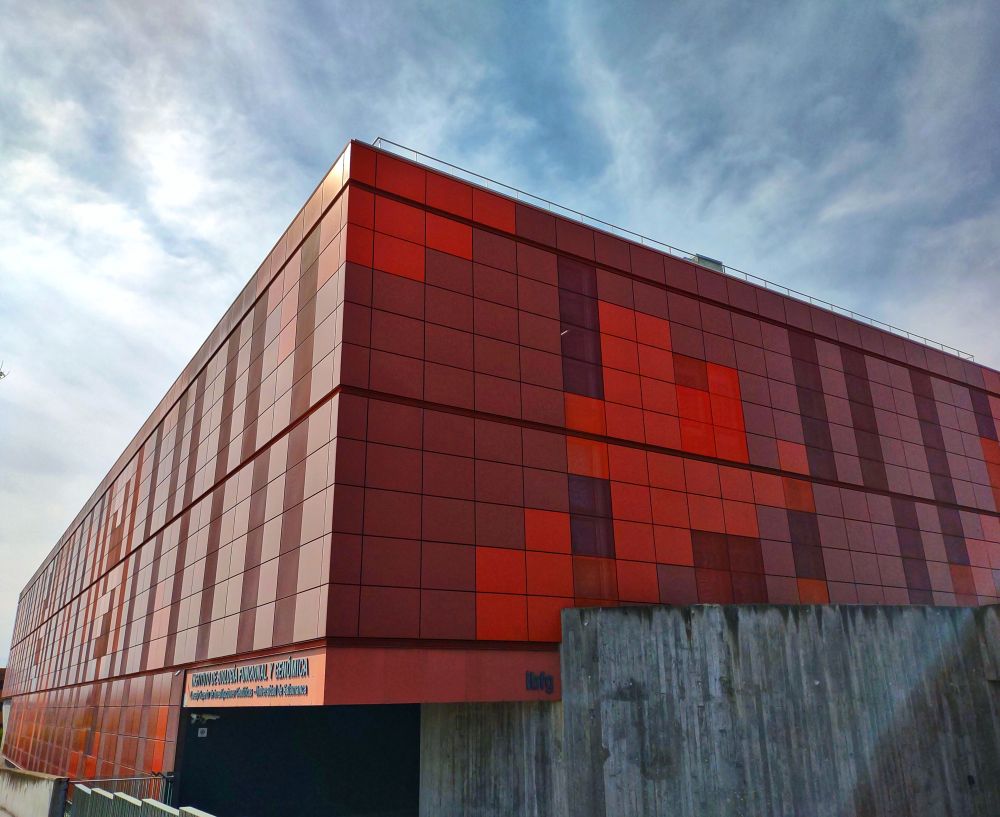
⚠️ Job(s) alert! ⚠️
We are launching a new postdoctoral program in Systems Biology at IBFG. Join us!
👉 Several positions available with competitive work conditions for up to 4 years
📄 More info: jdiazc9.github.io/files/jobs/2...
17.01.2025 13:35 — 👍 13 🔁 21 💬 0 📌 0
Biochemist seduced by #Sysbio and #Synbio. Bacteria engineer at @CNB_CSIC, Dad of a couple of little imps the rest of the time
Postdoc @UZH_Science in the Wagner lab. Into protein evolution, gene regulation & microbial adaptation. He/him.
Computational Biologist | Arctic and Gut microbiome @ University of Calgary
Postdoc in Kiran Patil's lab at Cambridge, UK. Previously PhD student at Gianni Liti's lab in Nice, France. Interested in microbes (genomes, evolution, communities and metabolism)
Assistant Professor, University of Washington, Genome Sciences.
Previous: JSMF Fellow, Berkeley EECS
♡: Computational biology, evolutionary dynamics, quantitative immunology
https://dewitt-lab.github.io/
[disclaimer: opinions mine]
PhD candidate (transcription regulation) in the Kegel group at Utrecht University 🧬 violin player in a disco band 🪩 involved in betainbestuurenbeleid.nl
Development Economist. Ag econ.
Professor UIUC ACE
Co-editor, Food Policy
Plants, Pathogens and Procrastination
Evolutionary biologist; Lewis-Sigler Scholar @ Princeton. Formerly @ Harvard.
PhD Student | Yeast Biotechnology
I am a scientist and enjoy adventures.
Elihu Professor of Biostatistics @yalesph.bsky.social--Cancer, Infectious disease, Evolutionary biology, Fungi, sometimes running
Microbiology PhD student @ UIBK and occasional polar carpenter.
Interested in genomics, astrobiology, molecular evolution, the Arctic & Antarctic
In the drug-microbiota interaction lab, we want to better understand how antibiotics impact our gut microbiota 🧫
📍EPFL, Lausanne 🇨🇭
https://www.epfl.ch/labs/upgoemans/
Computational microbiologist. Senior scientist at @cemess.bsky.social, @univie.ac.at.
Microbial ecology, mostly of nitrogen cycle microbes, and data driven physiology.
Maintainer of the GlobDB genome database https://globdb.org
Bridging microbial ecology and biogeochemistry. Focus on global change ecology, greenhouse gasses, wetlands. Mechanisms, causal inference & modelling. I actually love to write 💙 Postdoc at Leibniz-Centre for Agricultural Landscape Research (ZALF), Berlin
Professor of Molecular Systems Biology, University of Cambridge
Theoretical ecologist interested in population & food web dynamics, global change, and ecosystem resilience. Current postdoc at CWRU & incoming Assistant Professor at U of Guelph. She/her

